Permanent exhibitions
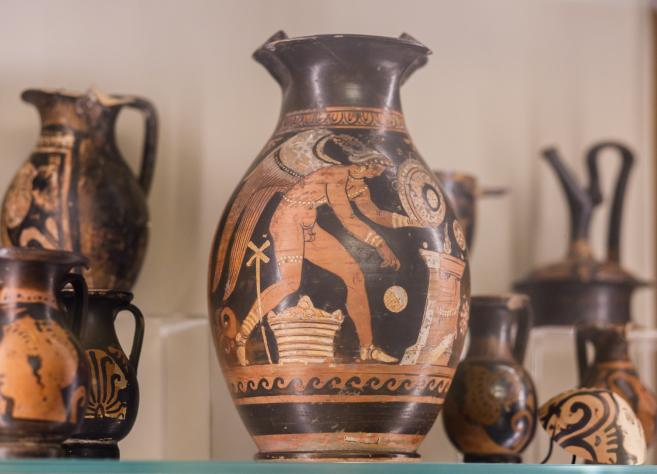 Art Museum RIGA BOURSE
Art Museum RIGA BOURSE
The Ancient Greek and Roman Art Chamber is situated on the third floor of the museum and introduces the visitors to Ancient Greek pottery, Ancient Greek and Roman coins as well as marble sculptures from the collection of the Latvian National Museum of Art.
 Art Museum RIGA BOURSE
Art Museum RIGA BOURSE
The exhibition of works by the outstanding artist and thinker Nicholas Roerich (1874–1947) is located on the third floor of the museum. The tranquillity of this room helps viewers to delve into the Himalayan peaks created by the master with an amazingly clean tempera palette.
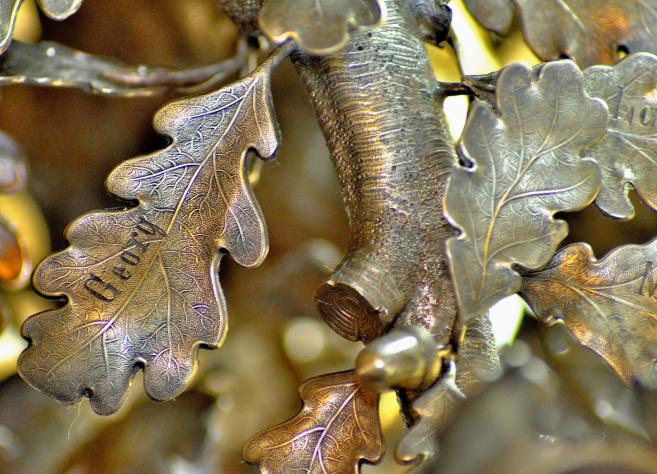 Art Museum RIGA BOURSE
Art Museum RIGA BOURSE
On the fourth floor in the former safe room, which has been transformed into the Silverware Chamber, is a display of items from the museum’s precious metals collection, covering the period from the late 17th century until the early 20th century. The items were made in the Russian Empire, including the Baltics and Europe.
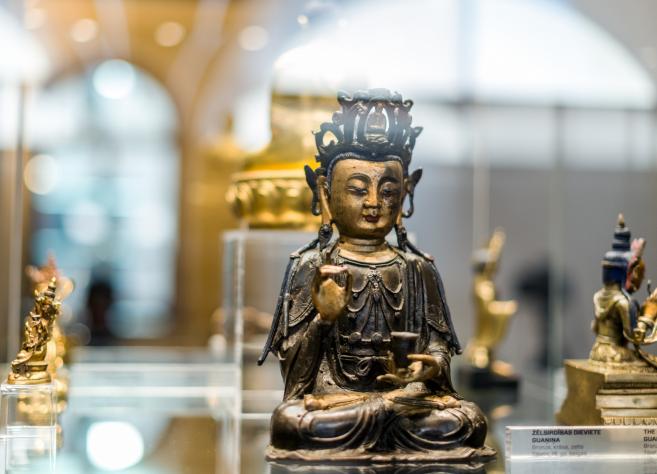 Art Museum RIGA BOURSE
Art Museum RIGA BOURSE
The Asian Art Gallery is situated at the 3rd floor of the museum and introduces the visitors with the sizeable Asian Art Collection of the Latvian National Museum of Art.
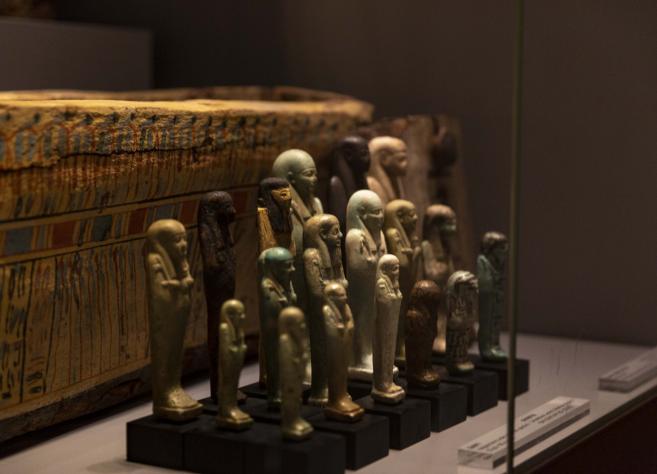 Art Museum RIGA BOURSE
Art Museum RIGA BOURSE
The Ancient Egypt Chamber is located in one of the three large safes of the former Riga stock exchange. The doors decorated in neo-Gothic style have retained their original form allowing us to visualise the time when it was an important and well-guarded room.
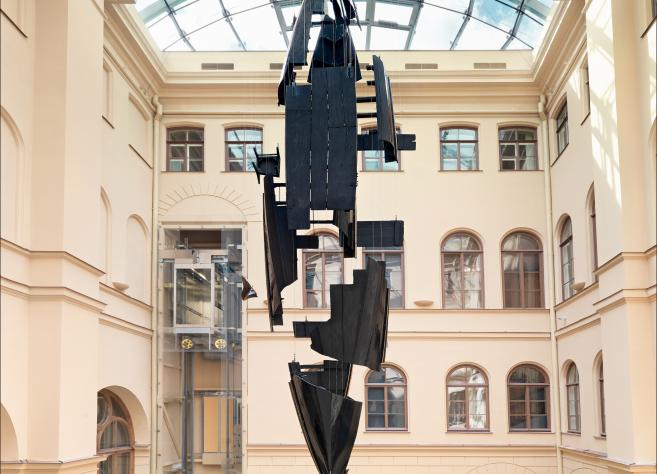 Art Museum RIGA BOURSE
Art Museum RIGA BOURSE
In 2012 the Art Museum RIGA BOURSE acquired a new, permanent and internationally renowned highlight – the artwork Gondola by the world-famous Russian artist Dmitry Gutov.